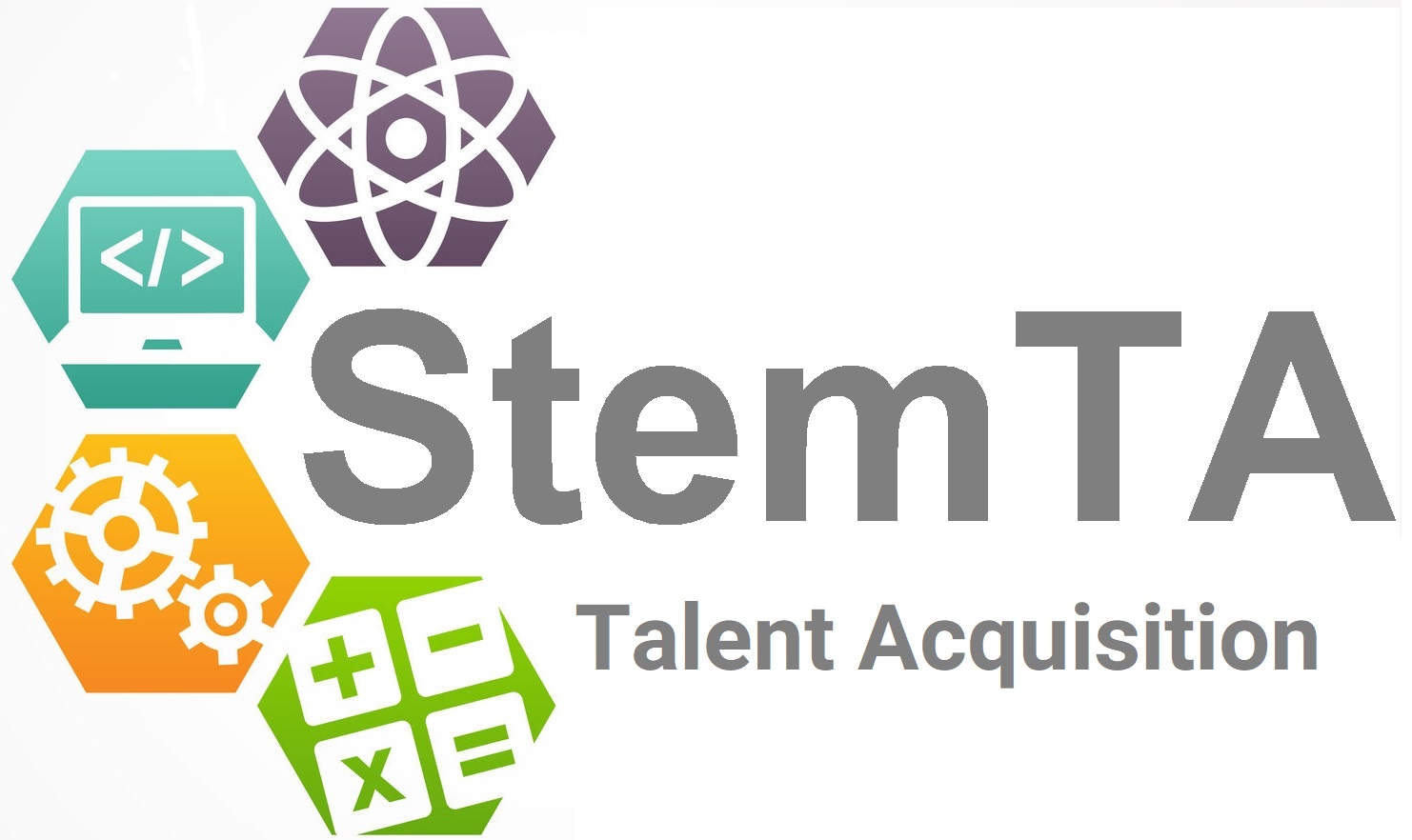The U.S. has a STEM Talent shortage
Addressing the STEM Talent Shortage in the United States: Strategies for the Future
In the face of the worst STEM talent shortage since the Great Recession, employers globally are grappling with a significant challenge. The shortage is set to become even more daunting in the coming years, particularly in the fields of science, technology, engineering, and mathematics (STEM), according to researchers in the field.
A joint report by the National Association of Manufacturing and Deloitte reveals that by 2025, the United States needs to fill approximately 3.5 million STEM jobs. Alarmingly, over 2 million of these positions are projected to remain unfilled due to a lack of highly skilled candidates. Furthermore, Bullhorn’s 2018 North American Staffing and Recruiting Trends Report highlights that 73 percent of firms serving manufacturing industries and 65 percent in information technology and accounting, finance, and insurance fields cite skill shortages as a top challenge.
Understanding the Causes of the STEM Talent Shortage
The STEM talent shortage stems from a combination of domestic and foreign challenges. In the domestic sphere, there is a lack of adequate education in K-12 school systems and higher educational institutions that emphasizes the value of pursuing STEM careers. General education programs offered by most colleges often fail to meet the highly specialized skill sets demanded by employers, resulting in a scarcity of qualified candidates. Consequently, recruiters struggle to find the right talent for available opportunities.
However, it shouldn’t be difficult to inspire children’s interest in STEM fields. The National Association of Colleges and Employers’ 2018 Winter survey reveals that STEM fields have the highest projected average starting salaries among various bachelor’s degree disciplines. If young people were more aware of these prospects, they might be more inclined to pursue STEM fields.
Another contributing factor to the STEM talent shortage is the lack of visibility of these fields among younger generations. A staggering 52 percent of students aged 11 to 17 do not personally know anyone working in a STEM profession. Surprisingly, while 64 percent of students find creating video games as a career option “very fun,” and 54 percent believe working in marine life would be “very fun,” nearly half of them admit to being unaware of the different math-related jobs available. Additionally, 76 percent of students do not know what engineers do for work.
This lack of understanding about the practical applications of STEM skills creates a disconnect between younger generations and the value of STEM fields. The term “STEM” may inadvertently confuse young people into believing that science, technology, engineering, and mathematics are four interchangeable subjects. Consequently, interest in STEM fields is 18 percent lower among 15- to 17-year-olds compared to 11- to 14-year-olds. Younger generations fail to appreciate the value of STEM because they do not fully understand it, and older generations have not effectively conveyed its significance.
Moreover, the current administration’s executive order to “Buy American and Hire American,” which has imposed stricter restrictions on H-1B visas, has made it increasingly challenging to recruit highly skilled foreign talent. This has also diminished the appeal of the United States as a workplace for immigrants, contributing to the belief of two out of five Americans that the shortage of STEM workers has reached a crisis level. With limited access to foreign STEM talent, the existing shortage of U.S. STEM graduates becomes more acute. In 2016, the U.S. produced only 568,000 STEM graduates compared to 2.6 million in India and 4.7 million in China, as reported by Forbes.
Additionally, the gender opportunity gap plays a significant role in the underrepresentation of women in STEM careers. The Emerson study reveals that fewer than 50 percent of parents encourage their daughters to pursue STEM careers. Perceptions of jobs in engineering are discouraging for females, with only 29 percent of girls between the ages of 7 and 11 holding positive views. This percentage drops to an alarming 20 percent among girls aged 15-16, while 52 percent of boys aged 7-11 and 65 percent aged 15-16 view engineering positively. Narrowing the gender gap in STEM fields requires concerted efforts to ensure that females are not dissuaded from pursuing STEM education at a young age.
Paving the Way Forward for STEM Talent Staffing Firms
Addressing the long-term challenges related to the quality and quantity of post-graduates entering STEM fields will require significant efforts from educational institutions. These efforts should involve reevaluating how vocational and technical subjects are taught and positioned. By adequately informing and encouraging young people about the value and benefits of pursuing STEM-related careers, we can expect the talent shortage to become more manageable, if not entirely resolved.

5 Amazing Tips on How to improve the STEM Talent Shortage
- Establish Strong Partnerships with Educational Institutions: Forge partnerships with universities, colleges, and technical schools to build a pipeline of talented STEM graduates. Collaborate on curriculum development, internships, and co-op programs to ensure students are equipped with the skills and knowledge needed for the industry.
- Promote STEM Education and Careers: Invest in initiatives that promote STEM education at an early age, targeting elementary and secondary schools. Engage students through hands-on activities, workshops, and mentorship programs to spark interest and provide exposure to STEM fields. Create awareness about the diverse and rewarding career opportunities available in STEM.
- Enhance Diversity and Inclusion Efforts: Foster an inclusive and diverse workforce by actively recruiting and supporting underrepresented groups in STEM, such as women and minority candidates. Eliminate bias in the hiring process and ensure equal opportunities for all candidates. Establish mentorship programs and affinity groups to provide support and promote career growth.
- Expand Talent Pool through Immigration Policies: Advocate for policies that enable access to highly skilled foreign talent. Work with policymakers to address visa restrictions and streamline the immigration process for STEM professionals. By tapping into the global talent pool, organizations can fill critical skill gaps and drive innovation.
- Offer Competitive Compensation and Benefits: To attract top STEM talent, provide competitive compensation packages that align with industry standards. Additionally, offer attractive benefits such as professional development opportunities, flexible work arrangements, and a supportive work environment. Emphasize the value of work-life balance and the potential for career growth and advancement within your organization.
By implementing these tips, organizations can enhance their STEM talent recruitment efforts and build a strong workforce capable of driving innovation and meeting the growing demand in STEM fields.



Responses